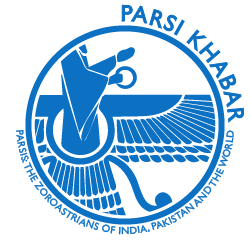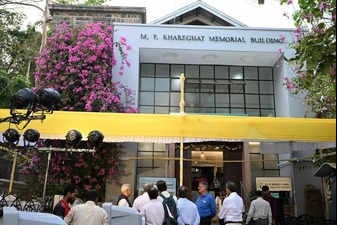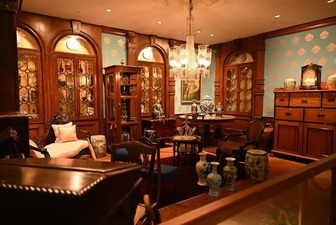The Parsi community has reason to be pleased as FD Alpaiwalla Museum near Hughes Road opened after a spell of restoration work Thursday. Instituted by Bombay Parsi Punchayet (BPP) in 1954, the archaeological and ethnographic museum received a grant from the Union ministry of culture for the upgrade.
Luminaries of the Zoroastrian community arrived in strength for the grand reopening Thursday evening. The Framji Dadabhoy Alpaiwalla Museum at Khareghat Colony, the only centre in the city that showcases Parsi-Zoroastrian history, was inaugurated by corporate leader and heritage conservationist Cyrus Guzder, BPP chairman Viraf Mehta and Pheroza Godrej, the museum’s honorary director.
The old glass display cases dating back to the 1970s had been replaced with contemporary layouts and spotlights. The artefacts bore proper exhibit labels, in Braille as well. A model of a fire temple has been built on the site. The museum showcases the history of the Zoroastrian community that migrated to India from Persia, as well as vignettes of life in Mumbai during the 19th century. Among the exhibits is one that depicts the lifestyle of a Parsi merchant, said Firoza Punthakey Mistree, also honorary director.
The museum has two large distinct collections, antiquities and artefacts in the Alpaiwalla collection and rare archaeological finds from Susa, Iran donated by scholar priest Jamshed Unvala. There are Zoroastrian manuscripts of the Yasna and the Vendidad, and a ‘firman’ of Emperor Jehangir issued in 1618 CE, granting a jagir (land grant) to two Parsis of Navsari. There is the calling card of freedom fighter Dadabhai Naoroji when he was elected to the British House of Commons between 1892 and 1895. Visitors can browse chinaware that reflects trade ties between Parsi merchants and China, and furniture owned by early Parsis depicting European influence. Organisers plan to host public lectures, a reference library, space for exhibitions, audio-visual areas and a cafeteria. There are plans to tie up with Mani Bhavan to include the museum on the itinerary of its visitors.


